Nudging
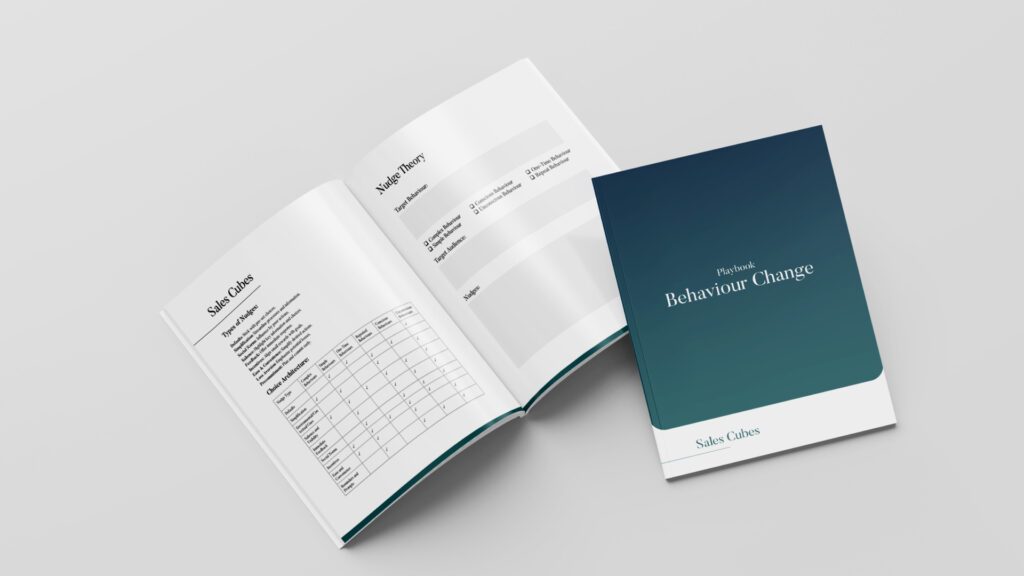
Nudging, a concept made famous by Richard Thaler and Cass Sunstein, is about gently guiding choices without limiting freedom. It involves creating settings where the best choices seem obvious and straightforward. Using methods like default settings and social norms, nudges are smartly crafted approaches that quietly steer us towards improved behaviours. They are the unnoticed designers of decision-making, subtly altering our choices in the most delicate manner, showing that often, a gentle push can bring about major improvements in health, savings, and environmental sustainability.
Implementation Intentions
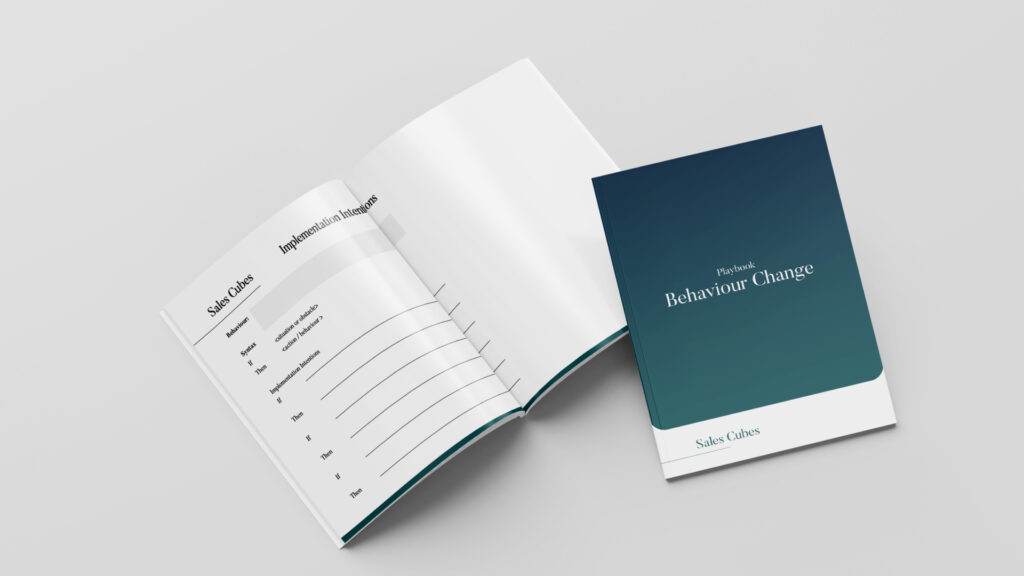
Implementation intentions act as a bridge from thought to action, transforming “I want to” into “I will.” These ‘if-then’ plans script responses to specific cues, making goal achievement almost reflexive. “If it is 7 AM, then I’ll run for 30 minutes” turns exercise from a vague ambition into a scheduled certainty. Ideal for personal development or habit change, this strategy is simplicity at its behavioral best: pre-decide, then proceed.
Procrastination Equation
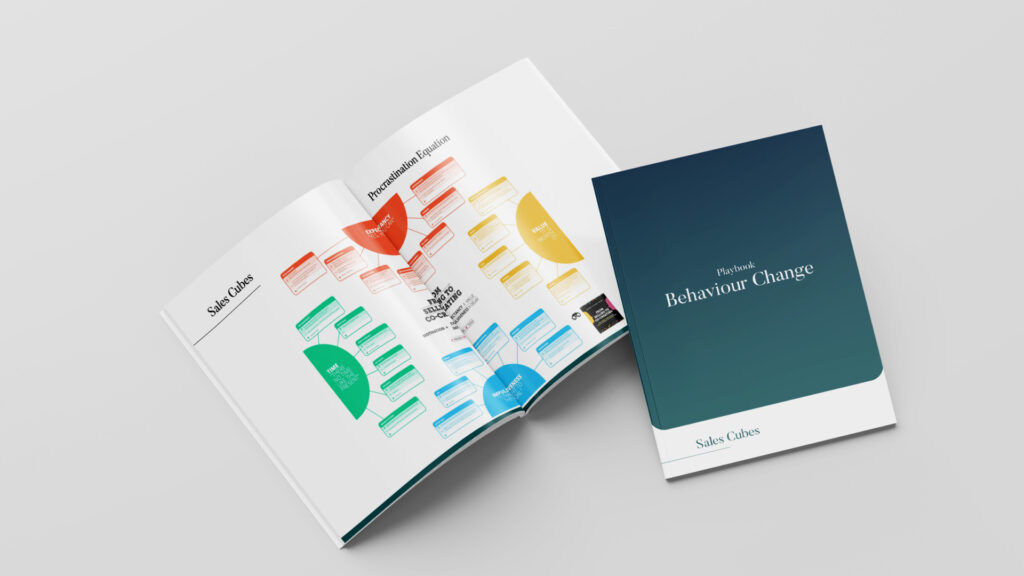
The Procrastination Equation exposes the psychological calculus behind our tendency to delay. It suggests that low motivation and distant rewards amplify procrastination, while high urgency and value dampen it. Grasping this concept equips us to strategically dismantle procrastination, turning insight into action and transforming stalling into momentum for achieving our goals.
Job Crafting
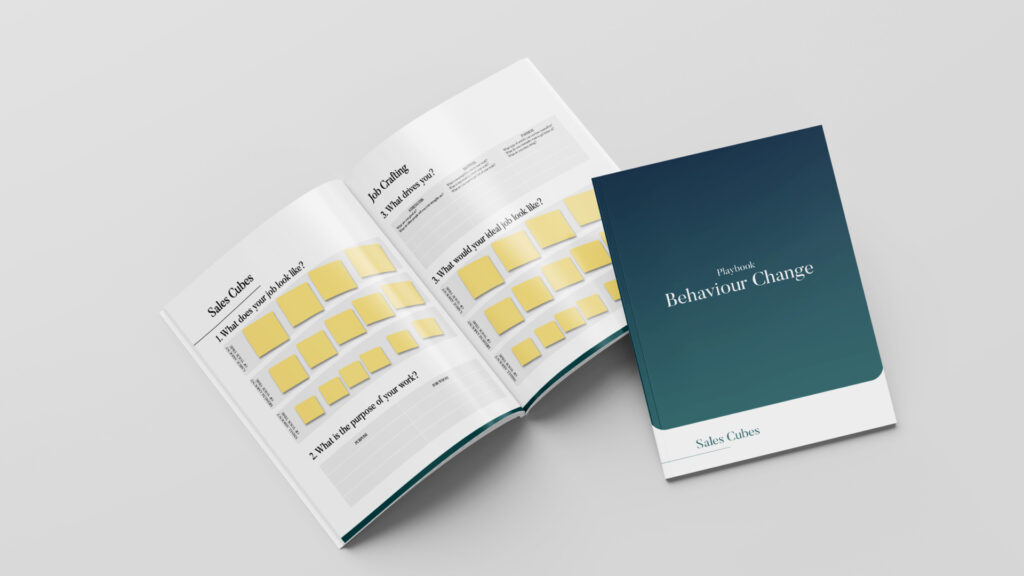
Job crafting turns a standard job description into a custom-fit career. Employees take control, adjusting their tasks and interactions to match their skills and interests. This reinvigorates their daily work, especially when morale is low. It allows individuals to reshape their roles and reignite their passion. This self-led approach revitalises the employee’s motivation and aligns it with the company’s changing goals, creating a mutually beneficial workplace where both personal and collective growth thrive.
Introducing The Future of Sales | Channel Trailer

This is the Régis Lemmens Youtube Channel presenting The Future of Sales podcast.
Régis Lemmens is a professor, author and consultant with decades of experience in the sales world.
DISC Profiles
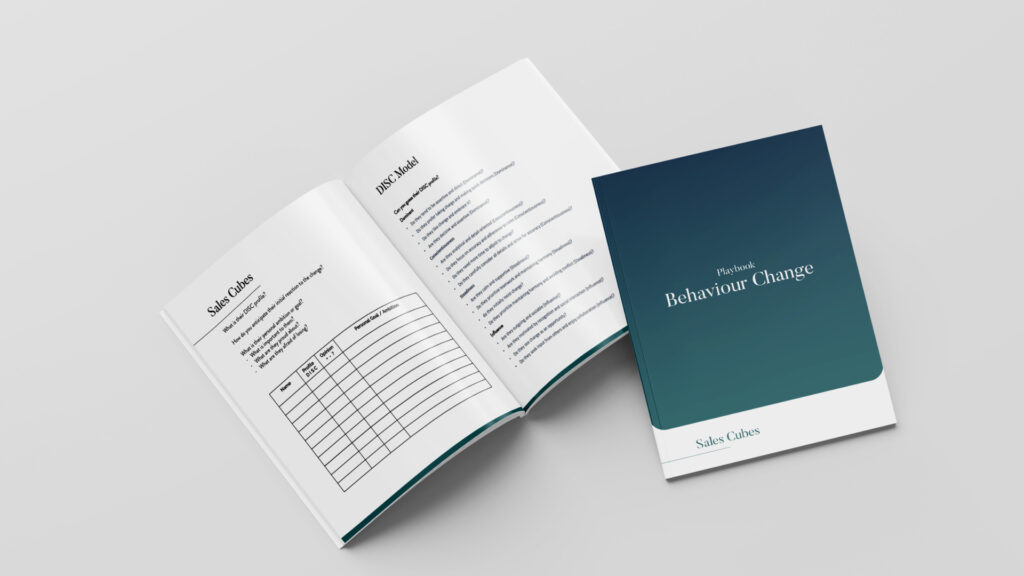
The DISC model, devised by William Moulton Marston, categorizes behaviors into Dominance, Influence, Steadiness, and Conscientiousness. This framework aids in understanding and improving communication and teamwork. In practice, it allows teams to balance different strengths, like a ‘D’ type’s leadership with an ‘I’ type’s collaboration. This model is essential in coaching and team dynamics, fostering a better understanding of individual and collective behaviors for effective synergy.